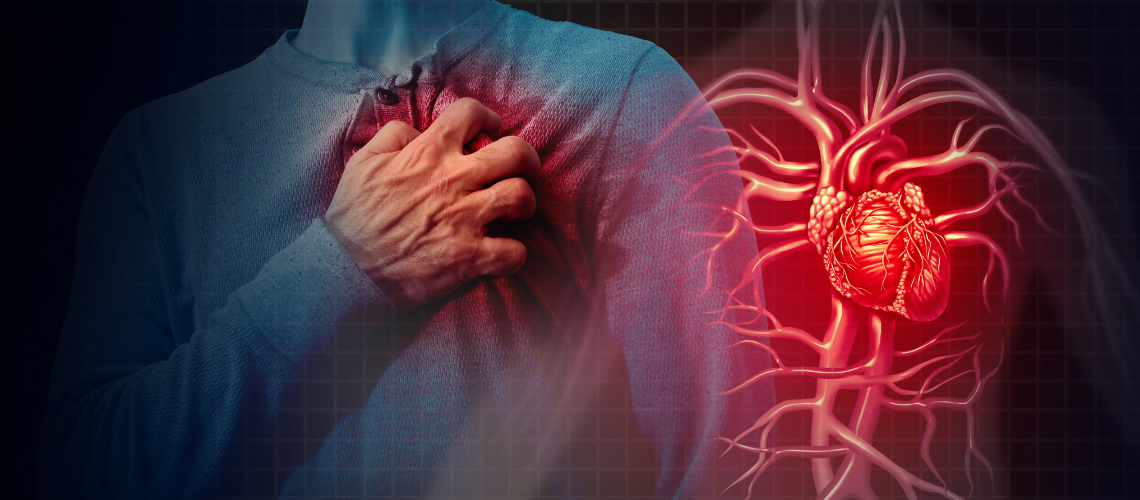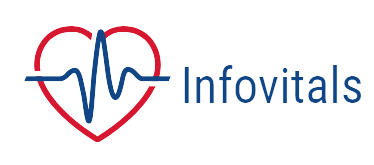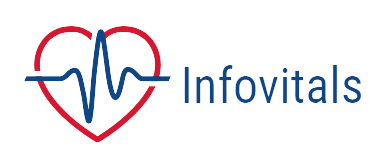Heart Attack Recovery: Understanding the Role of Cardiovascular Rehabilitation
The Effects of Cardiovascular Rehabilitation on myocardial infarction patients
A heart attack, or myocardial infarction, is a serious health condition that affects millions of people each year. The aftermath of a heart attack can be daunting, leaving patients feeling distressed, anxious, and confused about what steps to take to regain their health. While it may be overwhelming to navigate, the good news is that there are options available to help patients manage their heart attack recovery. One such option is cardiovascular rehabilitation, or cardiac rehab programs. In this article, we will explore the effects of cardiovascular rehabilitation on myocardial infarction patients and how it can aid in their heart attack recovery.

The Importance of Cardiac Rehab Programs:
Cardiovascular rehabilitation is an outpatient program that helps patients regain their physical and emotional strength following a heart attack. The goal of the program is to improve the patient’s overall health by providing them with the skills and knowledge necessary to reduce their risk of future heart problems. These programs involve a combination of education, counseling, and cardiovascular exercise, and may be conducted in a variety of settings, from hospitals to fitness centers.
Cardiac rehab programs serve a crucial role in heart attack recovery. These programs can help patients:
- Regain physical strength and cardiovascular health.
- Overcome anxiety and depression related to their heart condition.
- Manage their medication more effectively.
- Make healthy lifestyle changes, including weight loss, smoking cessation, and improved nutrition.
- Reduce their risk of future heart problems.
Patients who participate in cardiac rehab programs are much more likely to experience a full recovery following a heart attack than those who do not. These programs can significantly reduce the risk of subsequent heart attacks and other heart-related complications.

Cardiovascular Exercise and Heart Attack Recovery:
Cardiovascular exercise is a critical component of cardiovascular rehabilitation. Exercise can help strengthen the heart, improve overall cardiovascular health, and reduce the risk of future heart problems. After a heart attack, exercise can be an intimidating prospect for patients, but it is important to remember that exercise within the correct parameters can be beneficial rather than risky.
A cardiac rehab program will include exercises that are appropriate for each patient’s individual condition and level of fitness, with the goal of gradually increasing cardiovascular strength and overall physical health. These exercises may include:
- Low-impact cardio exercise, such as walking, cycling, and swimming.
- Strength training, using light weights or resistance bands to build muscle mass and improve overall physical fitness.
- Stretching exercises, to improve overall flexibility and range of motion.
Cardiac rehab programs involve a progressive exercise program that helps patients move from easy exercises to more difficult ones gradually. The benefits of cardiovascular exercise on heart attack recovery are numerous, including:
- Improved cardiovascular health
- Better physical endurance
- Improved mental health
- Increase overall physical fitness
Benefits of Cardiovascular Rehabilitation:
The benefits of cardiovascular rehabilitation are many, and they can be instrumental in helping patients recover from a heart attack. Some of the most notable benefits include:
- Reduced Risk of Future Heart Problems: One of the most significant benefits of cardiac rehab programs is their ability to reduce the risk of future heart problems. Patients who attend cardiac rehab are more likely to keep their blood pressure under control, manage their cholesterol levels, and take their medications as prescribed. These steps can help reduce the risk of future heart problems, including heart attacks, by up to 47%.
- Improved Physical Strength: Cardiovascular rehabilitation programs can help patients build physical strength and improve their overall physical health. Exercise programs are tailored to each patient’s individual needs, making it easier for them to make progress and improve their overall health.
- Better Mental Health: A heart attack can be a traumatic event, leaving patients feeling anxious, depressed, or stressed. Cardiovascular rehabilitation programs offer counseling and support to help patients deal with these emotions and manage their stress levels.
- Healthy Lifestyle Changes: Cardiac rehab programs offer patients the opportunity to learn about healthy eating habits, quitting smoking, and weight management. These lifestyle changes can significantly reduce the risk of future heart problems and improve overall health and well-being.
Conclusion:
Myocardial infarction can be a severely daunting and overwhelming experience for patients. However, cardiac rehab programs offer a beacon of hope and a way for patients to regain their physical health and emotional well-being. By including cardiovascular exercise, counseling, and education in its programs, cardiac rehab can help patients improve their overall health and reduce the risk of future heart problems. The effects of cardiovascular rehabilitation on heart attack recovery are extensive, and patients who attend these programs are more likely to experience a complete recovery, giving them a better chance to lead a fulfilling and healthy life.
Must Read: Daily Habits That Boost Your Positive Mental Health
6 Science-Backed Ways to Extend Your Lifespan in Less Than 10 Minutes a Day










Leave a Reply